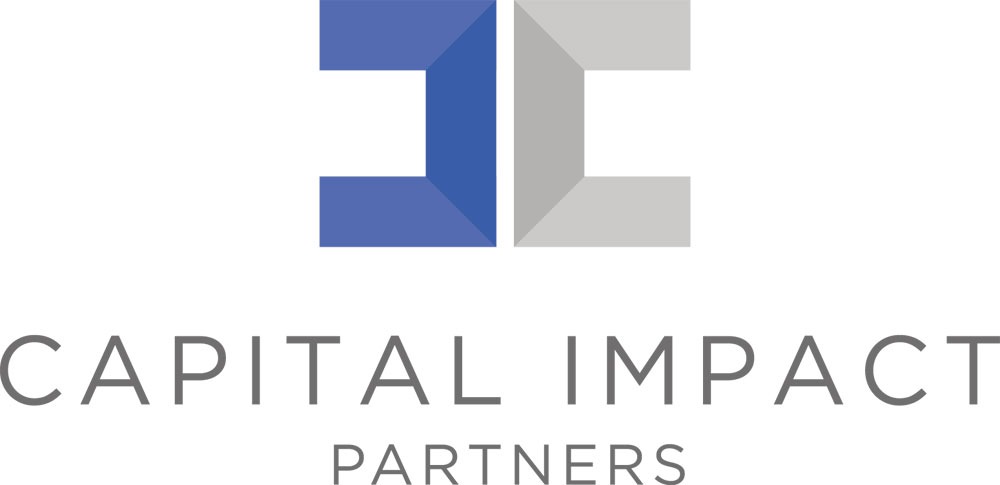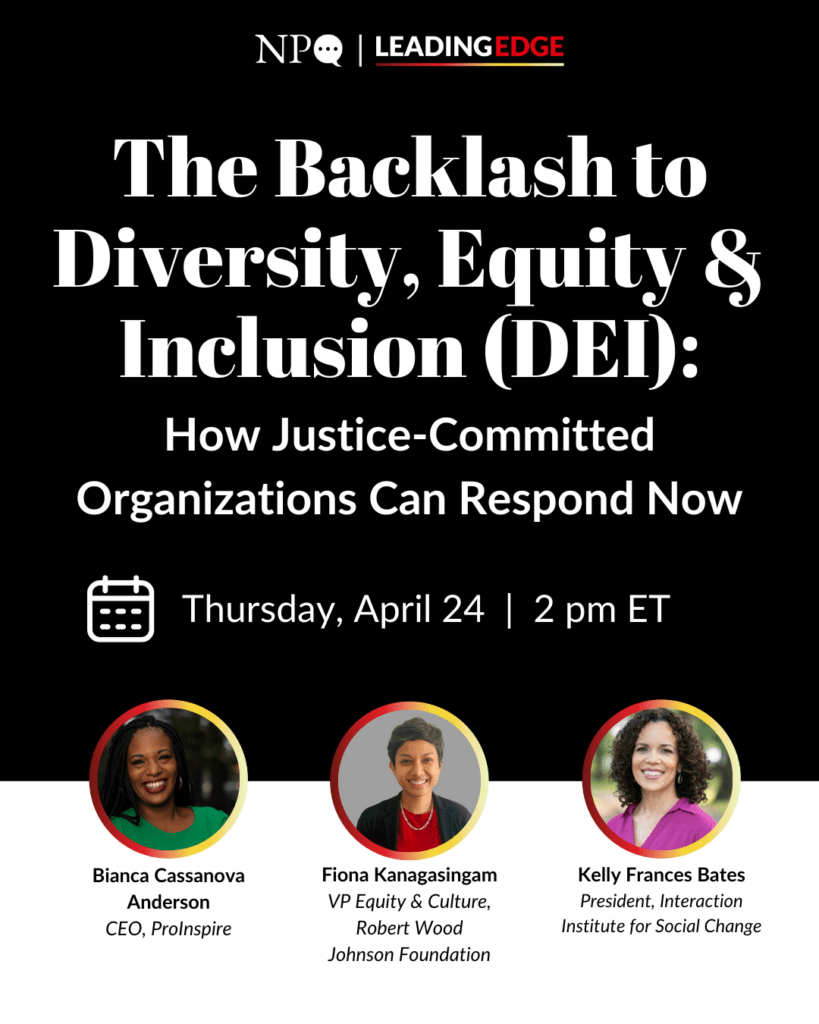
December 31, 2019; Next City
As NPQ has reported, community development financial institutions (CDFIs) have grown at a remarkable pace, increasing in asset base from a few billion two decades ago to over $185 billion today. Capital Impact Partners (Capital Impact) has been among the leaders in this field; two years ago, it raised $100 million for lending through an investment note offering.
Yet growth has not been costless. As Ed Gorman of the National Community Reinvestment Coalition pointed out not long ago, “CDFIs, just judged by the total capital being invested, are a remarkable success over the last 25 years, but I think everybody knows we could all do better.”
What does Gorman mean by this? Well, he means many things, but fundamentally he means that in order to maintain the low loan loss ratios on which their growth depends, CDFIs too often find themselves lowering their risk tolerance. In other words, CDFIs still aim in their lending to serve low- and moderate-income families, but not to the extent that the loans they make would significantly increase their losses or endanger funding from banks or other investors. This at least partially defeats the purpose for which CDFIs were founded in the first place.
A recent story by Oscar Perry Abello in Next City illustrates this conundrum. To date, Capital Impact has lent over $200 million to support over 40 projects in Detroit. Sounds great. But of that $200 million, Abello reports, “90 percent of those dollars went to white developers, despite the city’s population being 79 percent black,” which is, to put it simply, not so great.
Much of Capital Impact’s lending, notes Abello, is to for-profit or nonprofit developers. These borrowers, in turn, use the loans to finance affordable housing, grocery stores, health clinics, youth centers, senior centers, charter schools, and so on. Most of the projects funded, in short, are worthwhile, but because the loans go to mostly white-owned firms or white-led nonprofits, the benefit in terms of building capacity among the city’s black majority is limited.
Capital Impact, Abello emphasizes, is not satisfied with these numbers and “has been making a push to work with more borrowers of color.” As NPQ has noted before, often seemingly neutral lending processes have structural racism embedded within them. For instance, Joe Neri, CEO of IFF (formerly Illinois Facilities Fund), has explained how appraisal-based lending reinforces differences in property values that resulted from redlining and why, as a result, CDFIs wishing to undo racial disparities in lending must retool their underwriting.
Sign up for our free newsletters
Subscribe to NPQ's newsletters to have our top stories delivered directly to your inbox.
By signing up, you agree to our privacy policy and terms of use, and to receive messages from NPQ and our partners.
As Abello points out, however, undoing property-based appraisals clears away just one of the obstacles. For instance, a lender could choose to close the appraisal gap by lending the borrower more money, but doing that, notes Abello, means that borrowers will face higher-than-usual debt loads, “which translates to higher-than-usual monthly payments on the loan.” Or, the CDFI can spread out the payments (say, with a 30-year amortization instead of 15 years), but that exposes the CDFI to greater repayment risk (the longer the term of the loan, the greater the chance something will go wrong), which could endanger CDFI funding.
And then there is the question of scale. Not surprisingly, firms owned by people of color are often less established than those owned by their white counterparts, so borrowers of color generally seek to undertake smaller projects. As Diane Borradaile, chief lending officer at Capital Impact, tells Abello, “If you’re doing a five-unit building rather than a 20-unit building, if you have one unit vacant, you’ve lost 20 percent of your income, so it’s higher risk for smaller buildings.” Moreover, it typically costs much less per unit to make that loan to support a 20-unit building than to make a loan to support a 5-unit building. After all, the technical assistance cost is likely to be roughly the same on each loan, but the larger loan results in larger monthly payments.
With support from a $650,000 grant from the US Department of Treasury’s CDFI Fund, Capital Impact will launch a pilot that will direct $12.5 million in loans to borrowers of color over the next three years, with 80 percent of that $650,000 grant supporting a loan loss reserve that makes riskier loans financially viable.
The money is clearly not sufficient—all one has to do to see that is to compare the $12.5 million number to the $200 million in lending in Detroit that Capital Impact has made to date. One is reminded of Gorman’s admonition of the need for CDFIs to boost advocacy and raise low-cost impact capital. Nonetheless, the pilot should boost lending to people of color in Detroit.
The more significant investment may be with the remaining 20 percent of the grant, which will support Capital Impact’s Equitable Development Initiative (EDI) to train developers of color in Detroit and Capital Impact’s hometown of Washington DC. To date, Abello notes, EDI has supported 47 developers of color over two cohorts in Detroit. It just announced its first DC cohort of 35 members. Abello adds that Capital Impact anticipates launching a third Detroit cohort with 20 members in January.
Borradaile tells Abello that the cohort program reminds her of a New York City program in the 1990s that required developers building affordable housing on land acquired from the city to form joint ventures with contractors of color and/or women contractors. “General contractors…were coupled with a white, usually male affordable housing developer as a mentor,” Borradaile recalls. “Some of the dollars and projects were set aside for this program. This seems to be a memory, though, that nobody shares.”—Steve Dubb












